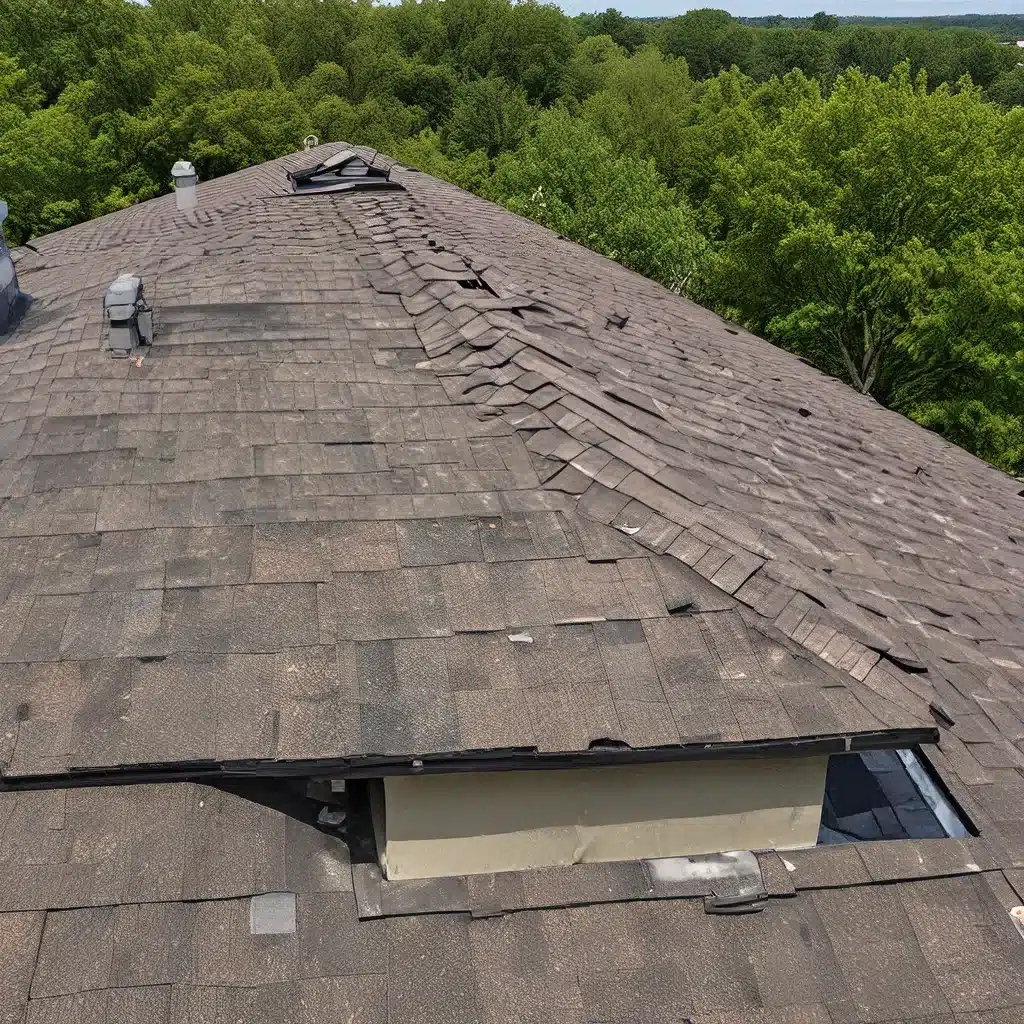
As a homeowner, one of the biggest investments you’ll make is your roof. It’s the first line of defense against the elements, protecting your family and possessions from the harsh realities of Mother Nature. But let’s face it, roofs don’t last forever. They require regular maintenance and occasional replacement to keep your home safe and secure.
The Importance of Roof Maintenance
Roof maintenance is like going to the dentist – no one likes doing it, but it’s crucial for long-term health. Just like you need to brush and floss to keep your teeth in tip-top shape, your roof needs some TLC to ensure it continues to do its job effectively. Regular inspections and preventative maintenance can extend the lifespan of your roof by years, if not decades.
Think about it this way: your roof is the unsung hero of your home, shielding you from the sun, rain, snow, and everything in between. It’s constantly under assault, and over time, those relentless forces can take a toll. That’s why it’s so important to stay on top of roof maintenance – to catch any issues before they become major problems.
The Anatomy of a Healthy Roof
Now, I know what you’re thinking: “But I have no idea what to look for when it comes to roof maintenance!” Don’t worry, I’ve got you covered. Let’s dive into the anatomy of a healthy roof and the key warning signs to watch out for.
Shingles
The shingles are the first line of defense against the elements, and they’re the most visible part of your roof. Keep an eye out for curling, cracking, or missing shingles – these are all signs that it’s time to call in the professionals. Shingles that are in good shape will lay flat and have a uniform appearance across the entire roof.
Flashing
Flashing is the metal or plastic material that seals the joints and edges of your roof, like around chimneys, vents, and skylights. If the flashing is cracked, damaged, or missing, it can allow water to seep in and cause serious damage. Properly installed and maintained flashing is crucial for a long-lasting roof.
Gutters and Downspouts
Your gutters and downspouts play a vital role in directing water away from your home’s foundation. Clogged or damaged gutters can lead to water buildup, which can then cause leaks, rot, and even foundation issues. Keeping your gutters clean and your downspouts in good working order is an easy way to extend your roof’s lifespan.
Ventilation
Proper ventilation is essential for controlling the temperature and humidity levels in your attic, which can have a direct impact on the health of your roof. Inadequate ventilation can lead to the buildup of moisture, which can rot the wood and compromise the structural integrity of your roof. Look for signs of poor ventilation, like mold, mildew, or excessive heat buildup in your attic.
Extending Your Roof’s Lifespan
Now that you know what to look for, let’s talk about some practical tips for extending your roof’s lifespan. After all, a well-maintained roof can last 20-30 years or more, while a neglected one may only last half that time.
Regular Inspections
The key to a long-lasting roof is regular inspections. I recommend having a professional roofer take a look at your roof at least once a year, preferably in the spring or fall when the weather is mild. They’ll be able to spot any potential issues and recommend the appropriate course of action.
Timely Repairs
If the inspector finds any problems, don’t wait to address them. Catching and fixing issues early on can prevent them from snowballing into larger, more costly repairs down the line. Whether it’s replacing a few missing shingles or resealing the flashing, prompt attention can go a long way in extending your roof’s lifespan.
Roof Coatings
One innovative way to protect your roof is with a roof coating. These specialized products create a protective barrier on top of your existing roof, shielding it from the sun’s ultraviolet rays and other environmental stressors. Roof coatings can add 5-10 years or more to the life of your roof, making them a worthwhile investment.
Proper Ventilation
Remember that ventilation we talked about earlier? It’s not just important for your attic; it’s also crucial for the long-term health of your roof. Ensuring adequate airflow can help prevent the buildup of moisture and prolong the life of your roofing materials.
Roof Replacements
No matter how well you maintain your roof, eventually, the time will come for a replacement. The average lifespan of a roof is around 20-30 years, depending on the materials and installation quality. When it’s time to replace your roof, be sure to work with a reputable roofing company that can guide you through the process and help you choose the best option for your home and budget.
Conclusion: Investing in Your Roof’s Future
Your roof is a critical component of your home, and it deserves the same level of care and attention as any other major investment. By following the tips outlined in this article, you can extend the lifespan of your roof and protect your home from the ravages of the elements. Remember, a well-maintained roof is not only a practical necessity, but it’s also a testament to your commitment to preserving the value and integrity of your home.
So, what are you waiting for? Get out there and start inspecting, repairing, and protecting your roof today. Your future self will thank you for the time and effort you put in now. And who knows, you might even discover a few more secrets to keeping your roof in tip-top shape for years to come.